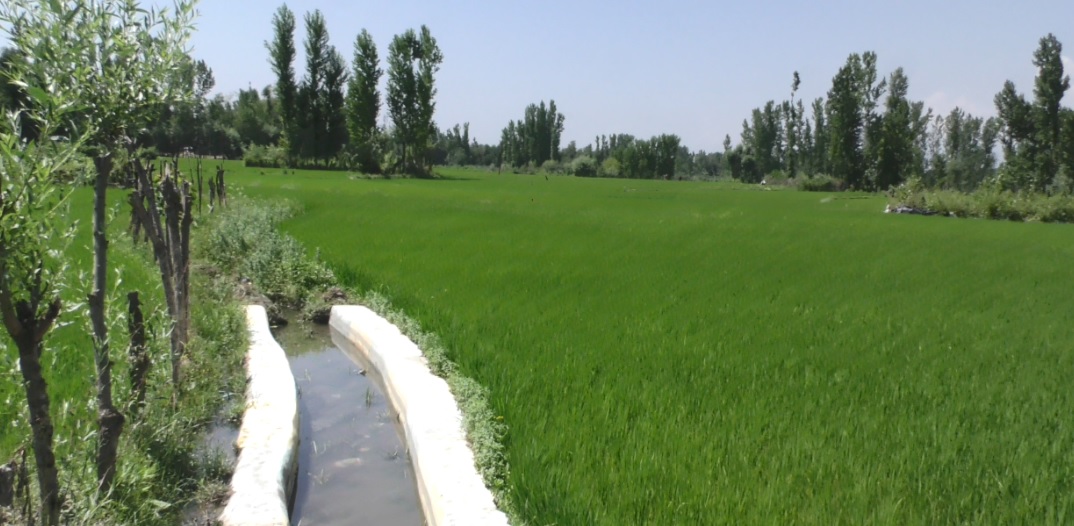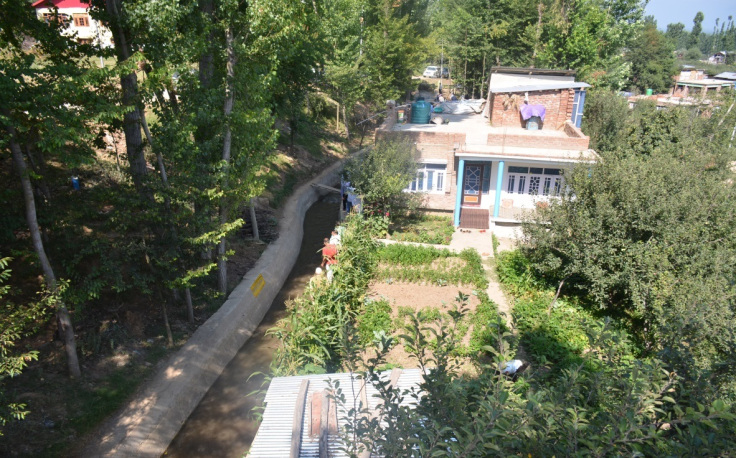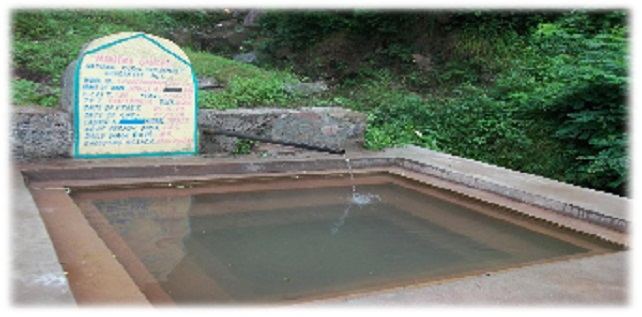
Mahatma Gandhi National Rural Employment Guarantee Act (MGNREGA), extended to the erstwhile state of Jammu & Kashmir (J & K), now the two Union Territories of Jammu and Kashmir and Ladakh, through an amendment in the Act in 2007, meets critical development needs of the people, living in the shadow of militancy, and neglected rural development for years. It has initiated much needed local level participatory development, especially after the elections of Halqa Panchayat (Gram Panchayat) in November 2018. Many critical rural infrastructural development works, like irrigation canal, the life line of agriculture and horticulture, especially in the Kashmir valley, which were in dilapidated conditions, have been revived and renovated through MGNREGA that has also built other useful rural infrastructures, like connectivity, water harvesting bodies, play grounds for youths.
MGNREGA provides annually about Rs. 1000 crore to Jammu & Kashmir and Ladakh that is utilized by 4483 elected Halqa Panchayats (Gram panchayat) of the two UTs. By an amendment in the Panchayat Raj Act of J&K in October 2018, all the 29 items (merged into 21 items) as per the provision of the 73rd Constitutional Amendment Act were brought under the purview of PRIs. Since 1 June 2020, 100 per cent of the MGNREGA fund is utilized by Halqa panchayat. J&K has also decentralised payment procedure under MGNREGA and authorised Sarpanch and Panchayat Secretary as signatories of fund transfer order (FTO). Both the UTs have already utilized about 1450.45 crore in 2019-20 and 2020-21 (upto July). It has provided 3.5 crore persondays of employment in Jammu and Kashmir and 24 lakhs persondays in Ladakh, benefitting more than one fourth of the total rural households of the two UTs and about nine lakh workers.
Over the last two years, MGNREGA has become more focussed towards creation of productive community and individual assets, mainly related to agriculture and allied activities, although works related to rural connectivity are still taken up in large number, as there is a high demand for RCC road, footpath and pavement. A total of 1 lakh 81 thousand works in J&K and 4 thousand in Ladakh have been completed during FY 2019-20 to FY 2020-21 (upto July). Community ponds, storm drain, RCC road, culvert, construction and renovation of kulh/canal have been undertaken in large numbers in both the UTs. In Jammu and Kashmir alone, around 35 thousand water conservation and water harvesting works, 41 thousand micro irrigation works, 87 thousand flood control and flood protection works and 41 thousand land development works have been completed in 2019-20 and in 2020-21 upto July. In Ladakh, around 500 water conservation and water harvesting works, 5 thousand micro irrigation works, 700 Flood Control and flood protection works and 3 thousand land development works have been completed during the same period.
Agriculture and horticulture are the life line of rural population, especially in the Kashmir valley. However, for years, there was little investment in irrigation. Many of the traditional water bodies, especially Kulh, a kind of irrigation channel, had become dead. After the election of the Panchayat, PRI representatives started responding to the local demand and utilized MGNREGA funds in a big way to fulfil them. Renovation of kulh is one of them.
In Kanjikulah village of Behibagh of Kulgam District, most of the households are dependent on horticulture, mainly apple, pear, orange. The kulh, which used to provide water to the apple orchards, had got silted and encroached upon. Apple orchard in about 400 kanals of land was on the verge of being wilted. Productivity of apple had already declined. The Gram Sabha of the newly elected Panchayat passed a resolution for the renovation of the kulh through MGNREGA. The work was taken up in two phases in 2018-19 and 2019-20. More than 100 households comprising of 4 surrounding hamlets, viz. Kanjikular, Kokargund, Katpora and Brihard have benefitted from the revival of this Kulh. It provides irrigation to about 50 acres of horticulture land, mainly apple orchard, apart from some paddy field.

In Chowgam Halqa Panchayat of Devsar Block of Kulgam District, paddy is the main crop of villagers who supplement their income through horticulture. There is a perennial river which flows by the village and there was a Kulh which was narrow and clogged by siltation, although a little amount of water used to flow through, but that was not sufficient for the paddy field. The newly elected Halqa Panchayat constructed a bund in the river to ensure greater flow of water to the Kulh that was desilted and renovated, so that water reached the last mile. This Kulh covers four villages with approximately 2000 households. After the construction of the bund and renovation of the Kulh, about 52 hectares of land was provided assured irrigation for paddy cultivation. About 250 households have benefited from the revival of this kulh. Now they grow two crops—kharif and rabi. After the siltation of the canal, they had shifted to one crop and mainly maize cultivation. They are back to paddy. About 150 families also benefitted from kitchen gardens along the Kulh.
In Gool Block of Ramban District, a large number of Bowlies (a traditional water body for providing drinking water to villagers and their cattle), there are separate Bowlies for human being and animals, were revived and renovated. A total of 61 such water bodies have been developed in nine Panchayats of the Block in the last one year.

The Government of J & K has taken another initiativesto reach to the rural people through an innovative ‘Back to Village’ programme under which a very senior official, often secretary level, makes a comprehensive review of development works and development requirement of the people by reaching them directly. S/he also spends a night in the village. It gives unique opportunity to the villagers to bring to the attention of the government their difficulties and development needs. The week-long programme has been successfully run twice in July and November 2018. The programme along with panchayat elections have proved much helpful in invigorating community participation in rural development.
In J& K and Ladakh, MGNREGA has been further strengthened in the current financial year. Cluster Facilitation Project (CFP), an initiative of the Government of India to ensure effective implementation of MGNREGA in aspirational Districts and other backward areas, by providing assistance for planning, coordination and monitoring through dedicated teams of thematic experts, has been implemented in two Blocks each in Kupwara and Baramullah District of J & K. Both the UTs have joined the Unnati (progress) scheme that provides skill training to MGNREGA workers, for their uplift from a casual to a skilled worker. J&K has identified 1200 workers for skill training under Unnati Scheme for the FY 2020-21. CFP and Unnati schemes are 100% funded by the Government of India. Both the UTs have also joined the National Electronic Fund Management System (NEFMS) that would enable release of MGNREGA wage payment directly to the account of workers.
MGNREGA is a real asset and a very potent tool for participatory development at the grassroots level.
****
Written by: Ashok Pankaj, Professor at the Council for Social Development, New Delhi
(Disclaimer : This blog post is solely the opinion/beliefs of the author. It does not reflect the views of Press Information Bureau in any way.)